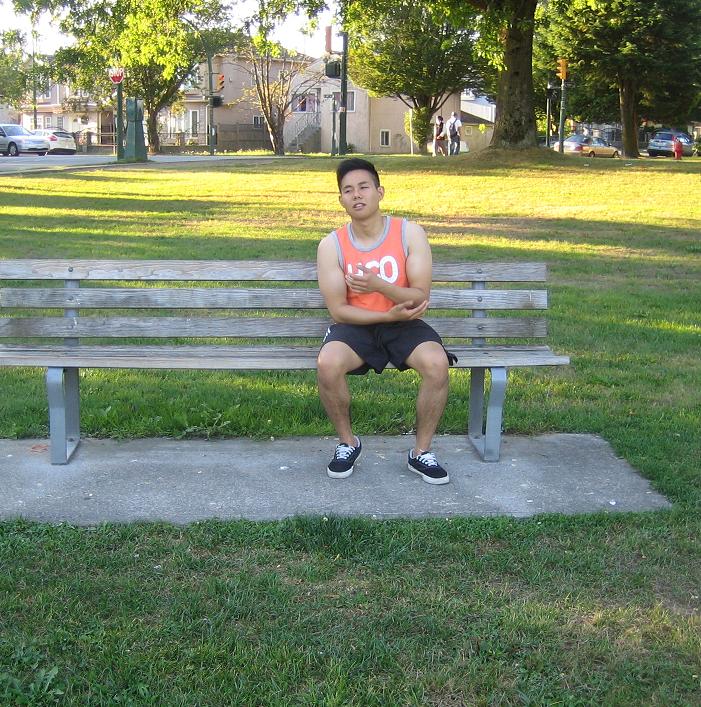The indications of forearm tendinitis can become evident if the palm is facing upwards. It is important to note that tendinitis involves inflammation in the tendon that can be managed with proper treatment.
https://www.youtube.com/watch?v=xJAx42aCtSQ
What are the indications of forearm tendinitis?
Lateral pain and tenderness
The pain and tenderness typically arises on the extensor muscle and tendons on the posterior surface of the forearm. These tendons and muscles are responsible for flexing the back part of the hand toward the rear of the forearm.

There is pain when gripping an object or bending the wrist backwards. In severe and prolonged cases, the discomfort intensifies while at rest, has reduced grip strength and inability to bend and straighten the elbow.
Medial pain and tenderness
Repeated movements such as in baseball pitching and swinging a golf club can trigger pain, tenderness and swelling on the medial side of the elbow and forearm.
The condition involves the flexor muscles as well as tendons that allow the individual to flex the palmar exterior of the hand up to the front aspect of the elbow. There is also tingling and numbness from the elbow that radiates down the ring and little finger. In addition, there is difficulty in rotating the forearm to face the palm upward and downward.
Wrist pain and tenderness
Overuse and repetitive movements can trigger pain and tenderness in the forearm. An individual with forearm tendinitis might also have swelling on the anterior region of the wrist.
There is also grating and clicking sounds. The inflammation limits the capability of the tendons to slide smoothly in the wrist which results to discomfort. Flexing and stretching the wrist also triggers discomfort. If the condition does not properly heal, scar tissue permanently thickens and reduces the range of motion in the wrist.

